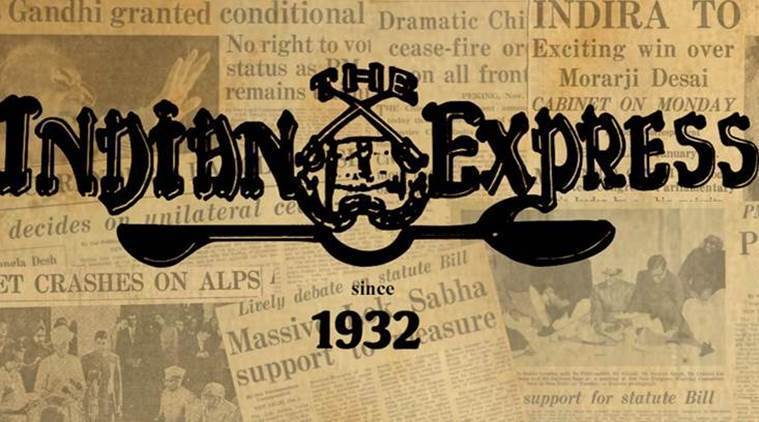 CJI Gogoi must find institutional answers to the questions that CJI Misra’s tenure leaves behind, concerning his own role as master of the roster and the perceived imbalance of powers between institutions.
CJI Gogoi must find institutional answers to the questions that CJI Misra’s tenure leaves behind, concerning his own role as master of the roster and the perceived imbalance of powers between institutions.
In January this year, four senior-most judges of the Supreme Court held a press conference that was dramatic and unprecedented. In their public unburdening was made visible a crisis of the judiciary. The never-before scenes at the judiciary’s top also seemed to mirror a wider crisis of institutions. Nearly nine months later, however, that sense of siege has lost its edge in court. In fact, as Chief Justice of India Dipak Misra retires, the story can be said to have, to a large extent, changed. The controversy about the chief justice’s role and responsibility in matters such as the constitution of benches and allocation of cases — that triggered the famous press conference on that January morning — is less and less audible. It has been overtaken, especially in the last few days, by the applause for a series of landmark judicial verdicts that have enlarged the scope of fundamental liberties for the individual. These verdicts bore CJI Misra’s imprimatur, of course. But their salutary effect has been in shifting public attention back from the individual judge to the reassuring assertion and resilience of the institution.
Even before the spate of progressive rulings — decriminalisation of gay relationships, throwing open of the gates of the Sabarimala temple to all women, striking down of an adultery law that held women to be their husbands’ property, putting in place of firewalls to prevent the misuse of Aadhaar to build a surveillance state — CJI Misra had signalled an intent to de-escalate the anxieties and apprehensions that had gathered around his office, raising doubts about his willingness to stand up for judicial independence against a domineering executive. He was part of the Collegium’s reiteration of the name of Justice KM Joseph, who had struck down the imposition of President’s Rule in Uttarakhand in 2016, and whose candidature for the Supreme Court was being segregated and stalled by the Centre. Even though the court’s victory was not unmixed — the manner of the swearing-in of Justice Joseph was also a downgrading of his seniority — an impasse had nevertheless been broken. Then, he named Justice Ranjan Gogoi as his successor, putting at rest speculation that Justice Gogoi would be punished for being one of the four judges who spoke out publicly in January. In doing so, the CJI ensured that the transition in the highest court followed due process, and was not scarred by the current conflict within and around it.
To be sure, the crises within the judiciary and between the executive and the court have not all withered away. But the only CJI to have had an impeachment motion moved against him leaves the court on a high note. While that may bring comfort to the departing CJI, the new CJI still has his work cut out. There is little room for complacency. CJI Gogoi must find institutional answers to the questions that CJI Misra’s tenure leaves behind, concerning his own role as master of the roster and the perceived imbalance of powers between institutions.